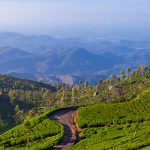INSIDE SRI LANKA A monthly insider’s report by Royston Ellis, December 2014.
This December’s a jolly month in Sri Lanka, even without Christmas. There is some exciting cricket and a Sesquicentennial to celebrate.
One Match At Time
If you need an extra reason to visit Sri Lanka (as well as for the serendipitous informality of life here), in December there will be five one day international cricket matches (ODIs) with the home team in fine fettle battling England.
The first game outside the city (after two ODIs held in Colombo) is deep south at the Mahinda Rajapaksa International Cricket Stadium at Sooriyawewa, near Hambantota, on Wednesday 3 December. This new stadium can hold approximately 35,000 spectators, and the match will be day/night encounter, beginning at 14.30.
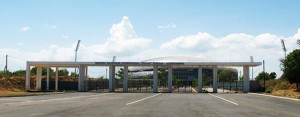
On Sunday 7 December, the action shifts to Colombo as the teams meet at the R Premadasa International Cricket Stadium in a day encounter. The stadium is located off Khettarama Road in Colombo 10, near the entrance to the Katunayake Expressway.
This stadium is one of the most popular in the country with two tiered stands ready to welcome up to 40,000 spectators to the match which starts at 10.00.
The stadium will also host the seventh & final match in the series on Tuesday, 16 December; a day/night game, commencing at 14.30.
The fifth and sixth one day matches will be played in Kandy at the town’s newest stadium, Pallekelle, about 30 minutes drive from the city centre. On Wednesday 10 December the ODI will be a day/night match commencing at 14.30, while on Saturday 13 December, the match is scheduled to commence at 10.00.
It’s not only the thrill of the game that makes the matches worth watching, it’s also the wonderful atmosphere in the grounds: a great chance to meet Sri Lankans from all walks of life, not just those working in the tourist industry.
Winter Season
It might be winter in Europe but in Sri Lanka that doesn’t mean cold weather; it means a change of the monsoon seasons. At this time of the year, the monsoon winds (with accompanying rains) blow from the east, which is why the east coast is not so pleasant now. So sun and sea seekers head for the resorts of the west and south coasts.
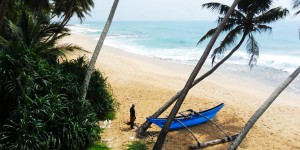
This beach near Hikkaduwa, photographed at the end of November, is deserted even though it is beside the Galle Road. That’s because swimming is dangerous there but next to it is a natural swimming pool embraced by a reef, very popular with Sri Lankans.
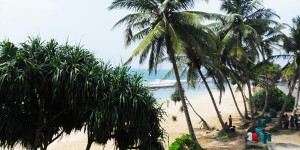
Galle Fort, too, is in season now, especially as the Old Dutch Hospital shopping and restaurant complex as opened, providing a fascinating place to shop and relax. There are eight restaurants and bars there, including a Sri Lankan fusion one and an extraordinary one that has hammocks for seats. The bars are open all day, helping to make winter in Sri Lanka bright indeed.
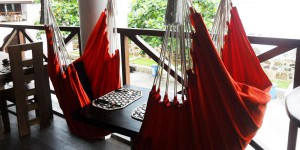
Colombo expands
Works is underway for the expansion of Colombo, not inland but out to sea. It is part of a massive project to enlarge the port and is being done with assistance from China. The reclaiming of land from the sea can be witnessed from the city’s colonial green sward of Galle Face Green.
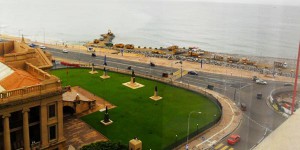
On the other side of the green construction is taking place on several luxury hotels as part of the plan to make Colombo a major tourist destination of the future.
Part of Colombo’s charm, though, is its restoration of old buildings. It has an old Dutch Hospital too that has been converted into a shopping and restaurant complex, with music every night and four super restaurants in its cloisters around a central cobbled courtyard.
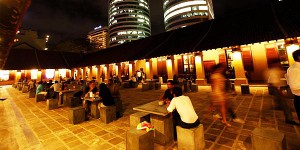
Sesquicentennial
Sunday 27 December 2014 is the day to set aside to travel by train in Sri Lanka. That’s because it marks the 150th anniversary of the first ever journey by train in the country. It took place on Tuesday 27 December 1864 when a train carrying the Duke of Brabant, who the following year became King Leopold of Belgium, steamed into Ambepussa, 34 miles (55km) from Colombo.
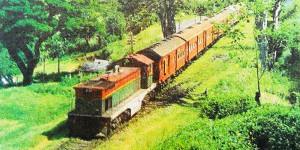
The railway line reached Kandy in 1867, coincidentally the year that the first field of tea was planted commercially in the country. The railways benefitted from this new crop as tea provided the freight that earned revenue, while without the railways, it wouldn’t have been possible to transport tea so swiftly to Colombo port for profitable shipment overseas.
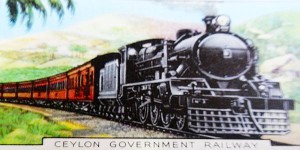
A day trip by Intercity Express to Kandy via Ambepussa is a great way to marvel at the ingenuity of those early railway pioneers in creating a railroad to the former medieval hill kingdom at 500m (1,600ft) above sea level, across ravines and tunnelling through hills. It happened only 52 years after the once unconquerable city of Kandy had fallen to the British, and 60 years after the first steam propelled locomotive made its test run in England. The railway in Sri Lanka was an early part of the introduction of railways around the world.
A British resident of Sri Lanka since 1980, Royston Ellis is an erstwhile beat poet and author of “The Bradt Guide to Sri Lanka.” His most recent book is “Cliff Richard and The Shadows, a Rock ‘n’ Roll Memoir.” (Tomahawk Press.UK). His weekly blog is available by free subscription from www.roystonellis.com




